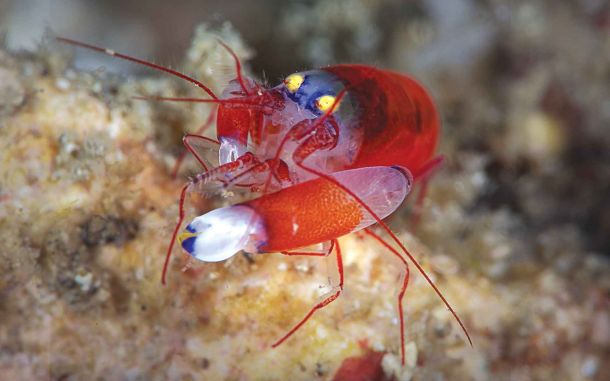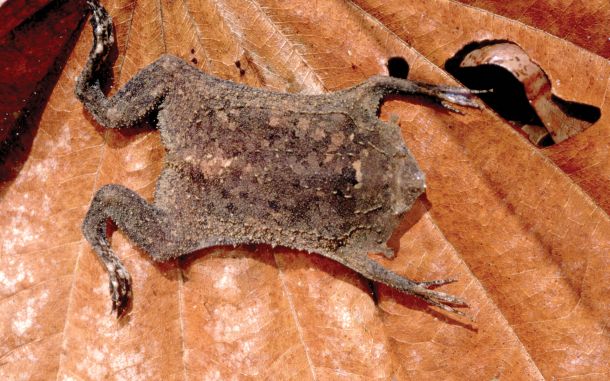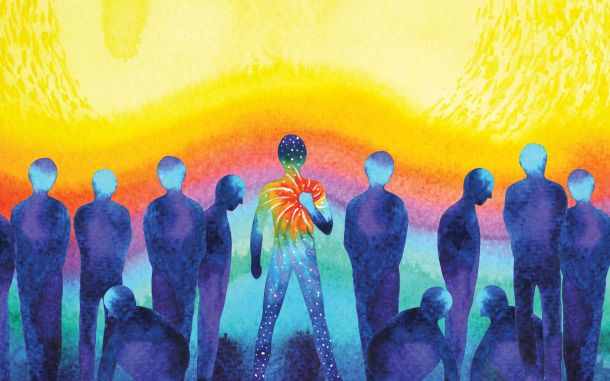
Secret sauce of exercise
Li et al. An exercise-inducible metabolite that suppresses feeding and obesity. Nature, June 2022.
Exercise has been demonstrated to improve the metabolic parameters and help weight loss. There have been major efforts to understand the molecular mechanisms of how exercise causes these extremely critical health benefits. Decades of scientific studies have identified more than 9800 molecules so far, that are altered in blood upon exercise. However, the “game changer” molecules are yet to be identified. A recent study seemed to identify one of the key molecules. A team of scientists executed a strategy called “untargeted metabolomics” to see which molecules are the key ones in mouse blood plasma after mice ran on a treadmill. They discovered that the compound Lac-Phe (N-lactoyl-phenylalanine) was produced at very high levels during intense exercise. They then tested Lac-Phe in 36 human volunteers and confirmed that the blood is enriched with substantial amounts of Lac-Phe during intense exercise. Human exercise cohort showed that sprint exercise induced the most dramatic increase of Lac-Phe in blood, followed by resistance training and then endurance training. When Lac-Phe was injected into obese mice, it significantly reduced body fat and improved glucose tolerance. Strikingly, these benefits were not observed in lean healthy mice. Moreover, oral administration of Lac-Phe unfortunately didn’t work, suggesting Lac-Phe may not be used as an exercise pill as the current form. The discovery of Lac-Phe is most definitely a milestone in the exercise research. Future work will focus on exploring the downstream molecular and cellular mediators of Lac-Phe, which may reveal novel therapeutic opportunities for cardiometabolic benefits of physical activity for human health.
Species that do not age revealed
Reinke et al. Diverse aging rates in ectothermic tetrapods provide insights for aging and longevity. Science, June 2022
While all organisms age and die, some seem to undergo slow or even negligible senescence (deterioration). For example, at 190 years old, Jonathan the Seychelles giant tortoise is known to be the oldest living land animal in the world. Although, there were some anecdotal evidence that some species of turtles and other cold-blooded animals age slowly and have long life-spans, no one has investigated this phenomenon with a systematic approach. A recent study by an international team of 114 scientists analyzed the longevity in 107 populations of 77 species of reptiles and amphibians worldwide. The study showed that although aging and lifespan varied greatly from one species to another, turtles, crocodilians, and salamanders generally aged very slowly and had very long lifespans. One of the central hypotheses for aging is the thermoregulatory mode, which suggests that cold-blooded animals have lower metabolisms, therefore age slowly. On the other hand, since warm-blooded animals generate their own heat, they have higher metabolisms and age faster. However, this detailed study found no link between body temperature and longevity. It was a mixed bag; some warm-blooded animals seem to age slow and some cold-blooded animals seem to age fast. Intriguingly, at least one species in each group of cold-blooded animals from frogs, toads, crocodilians, and turtles showed almost no aging or senescence. Although “no aging” concept may sound impossible, it basically means that likelihood of dying doesn’t increase after the age of reproduction, but it is still larger than zero. All of them will eventually die due to unavoidable natural causes of death such as illness. In humans, for example, dying risk is about 1:2500 at age 10 and 1:24 at age 80. Understanding the mechanisms of aging across different animals can uncover common traits that may lead to therapeutic interventions for aging-related diseases in humans.
Food without sunlight; Artificial Photosynthesis
Hann et al. A hybrid inorganic–biological artificial photosynthesis system for energy-efficient food production. Nature Food, June 2022.
Exponential growth of human population, drastic climate changes and increasing competition for land and water are major sources of concern about the future balance between food demand and supply. Food production is predominantly limited by the rate of photosynthesis, the mechanism by which plants transform sunlight, water, and carbon dioxide into a biomass that all inhabitants of earth, including humans, are nourished from. However, in photosynthesis only a small percentage of sunlight end up reaching plants and crops, which suggests that we may witness a major struggle to produce sufficient food in the near future. In a very innovative study, scientists established a system for artificial photosynthesis that doesn’t require sunlight. They designed a hybrid inorganic–biological system that is consisted of a two-step electrocatalytic process to convert carbon dioxide, electricity, and water into a semi-synthetic material called acetate, which is simply the main component of vinegar. Then, in the dark, they fed plants and microbes with the resulting acetate as a carbon source to circumvent natural photosynthesis. Scientists tested this technique on yeast, green algae, fungal mycelium, cowpea, tomato, tobacco, rice, canola, and green pea. All these organisms were able to grow in an acetate medium in total darkness. In some cases, they even grew more efficiently than in sunlight. The algae, for instance, was grown four times more efficiently, while yeast production was improved almost 18 times. Uncoupling agriculture form the direct sunlight through artificial photosynthesis approaches could be a paradigm shift for food production. By increasing the efficiency, less land will be needed and there will be less adverse effects on environment. This approach could also enable food to be grown in regions with less ideal conditions, such as in big cities and even in space and other planets.









